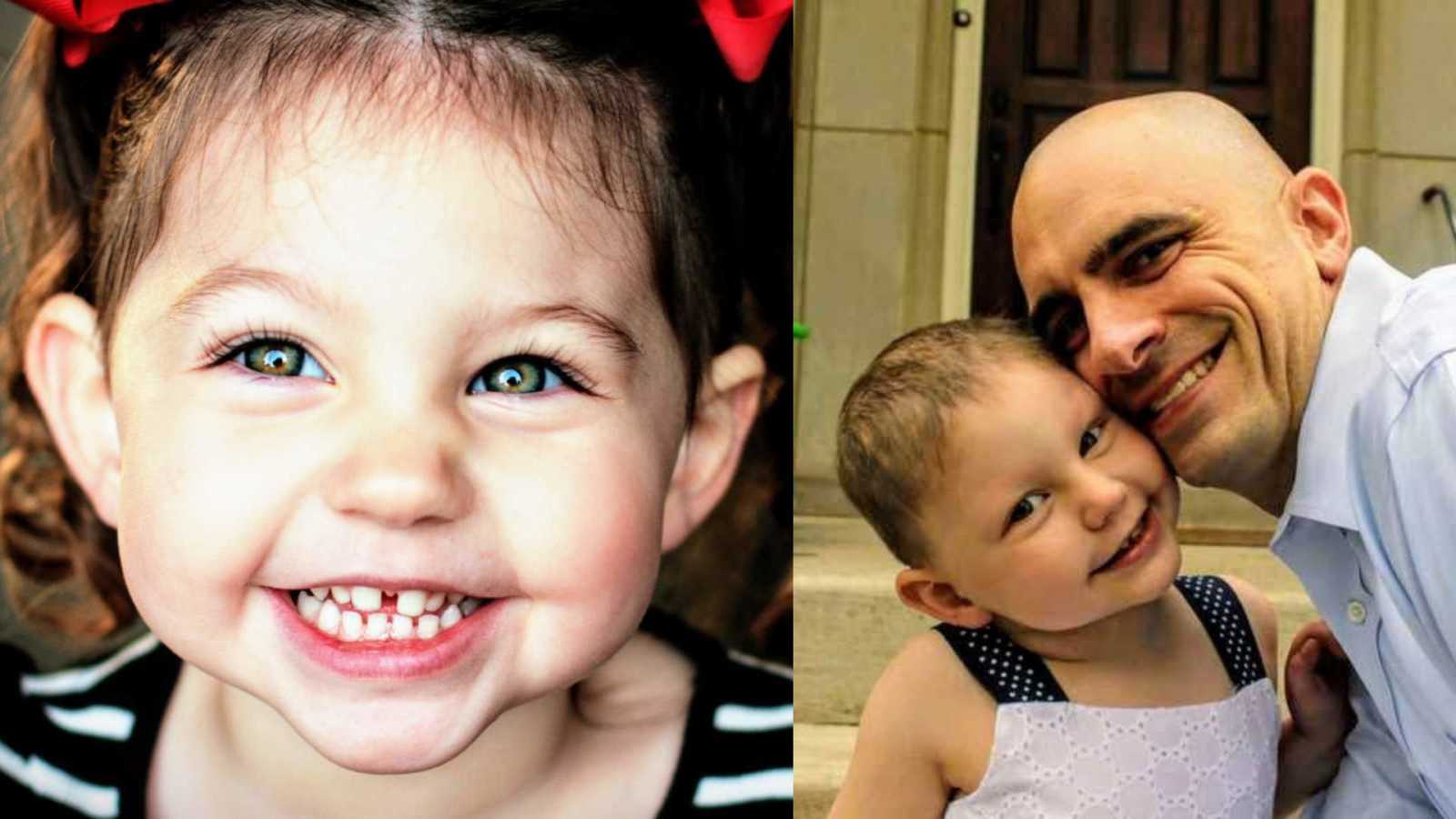“We noticed the first handful of soft brown curls on Rosie’s pink, princess pillow on a sunny Saturday morning in October. Rosie was already up and out of bed by then, a proud two-and-a-half year-old excited to help ‘dress’ her new baby sister. ‘Maybe she’s stressed about the new baby?’ we thought.
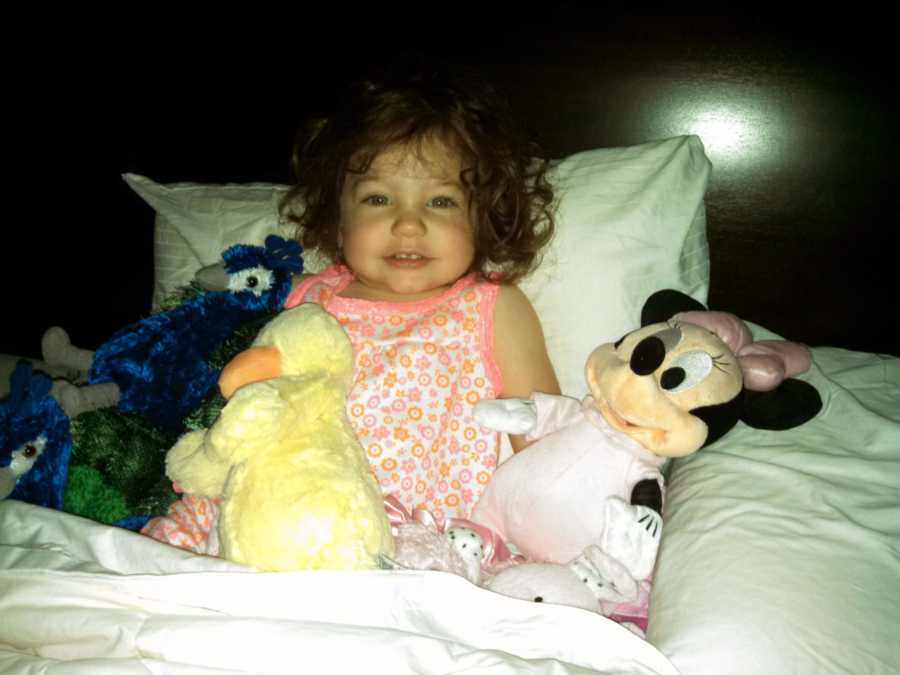
We made a note to Google it later, but forgot about it until the next morning when even more curls appeared on her pillow. ‘Maybe she’s allergic to her shampoo?’ we wondered. We replaced her shampoo with another brand the next time we bathed her. When Monday brought more of the same, this time with twice as many curls, we called the pediatrician.
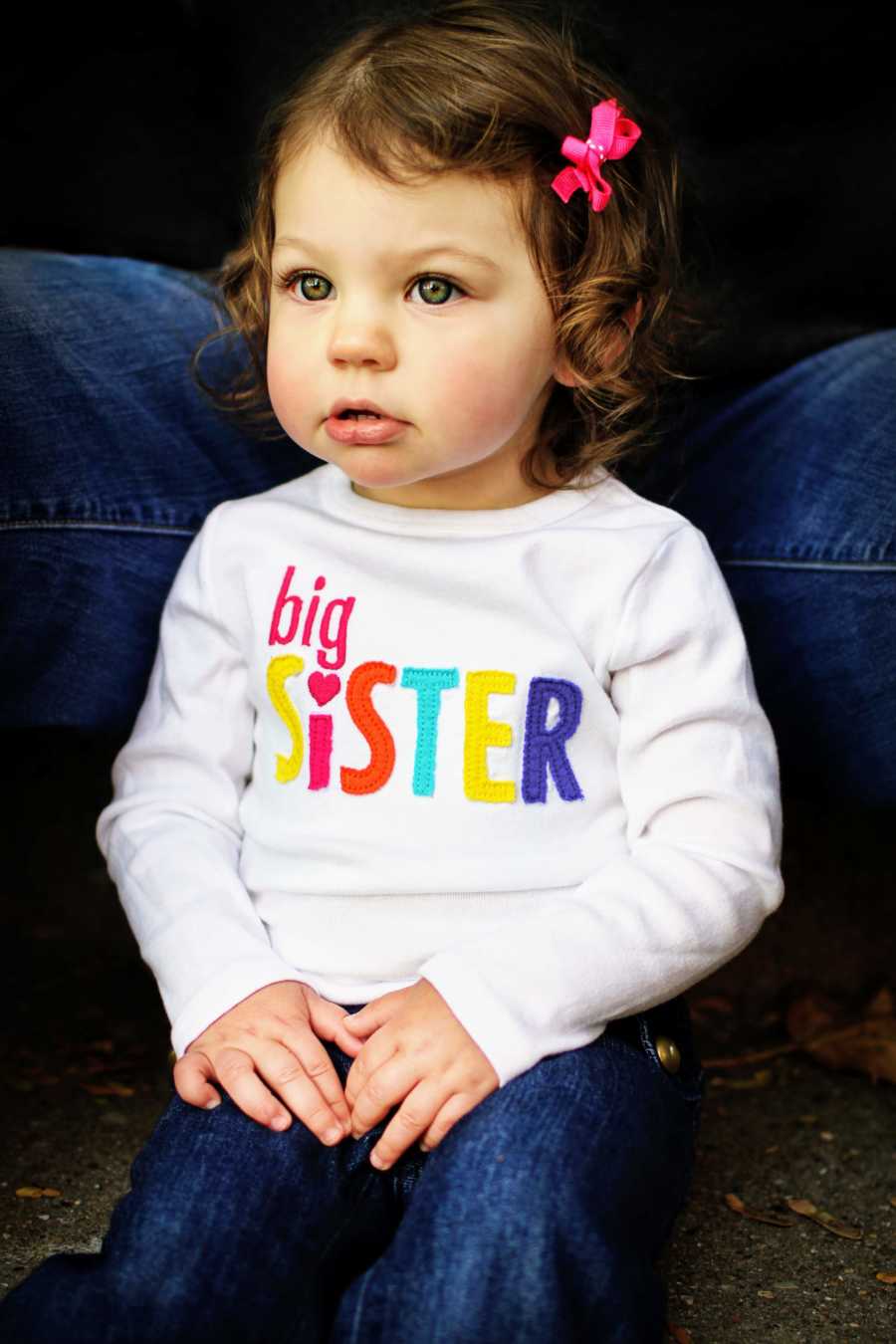
Over the phone, the pediatrician assured us it was probably just stress from the newest addition to our family, but he offered to see her to ease our minds.
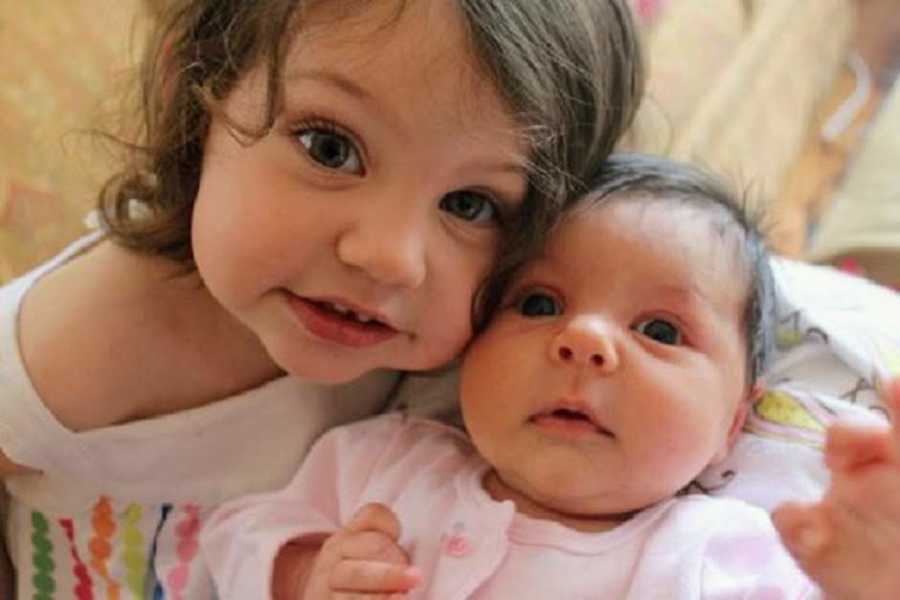
We’ll never forget the look on his face when he first saw Rosie waiting on the exam bed, and how his usual, pleasant chit-chat stopped as he carefully examined her patchy-haired scalp. ‘I don’t think this is stress,’ he finally said. ‘I think it’s Alopecia, so I’m referring you to the best specialist as quickly as possible.’
By Thursday, Rosie’s hair was all mostly gone. The following week a specialist diagnosed Rosie with Alopecia, an autoimmune disease wherein the body mistakenly attacks the hair follicle, causing the hair to fall out. ‘There is no cure,’ the specialist said, before correcting herself to soften the impact. ‘At least, not yet.’
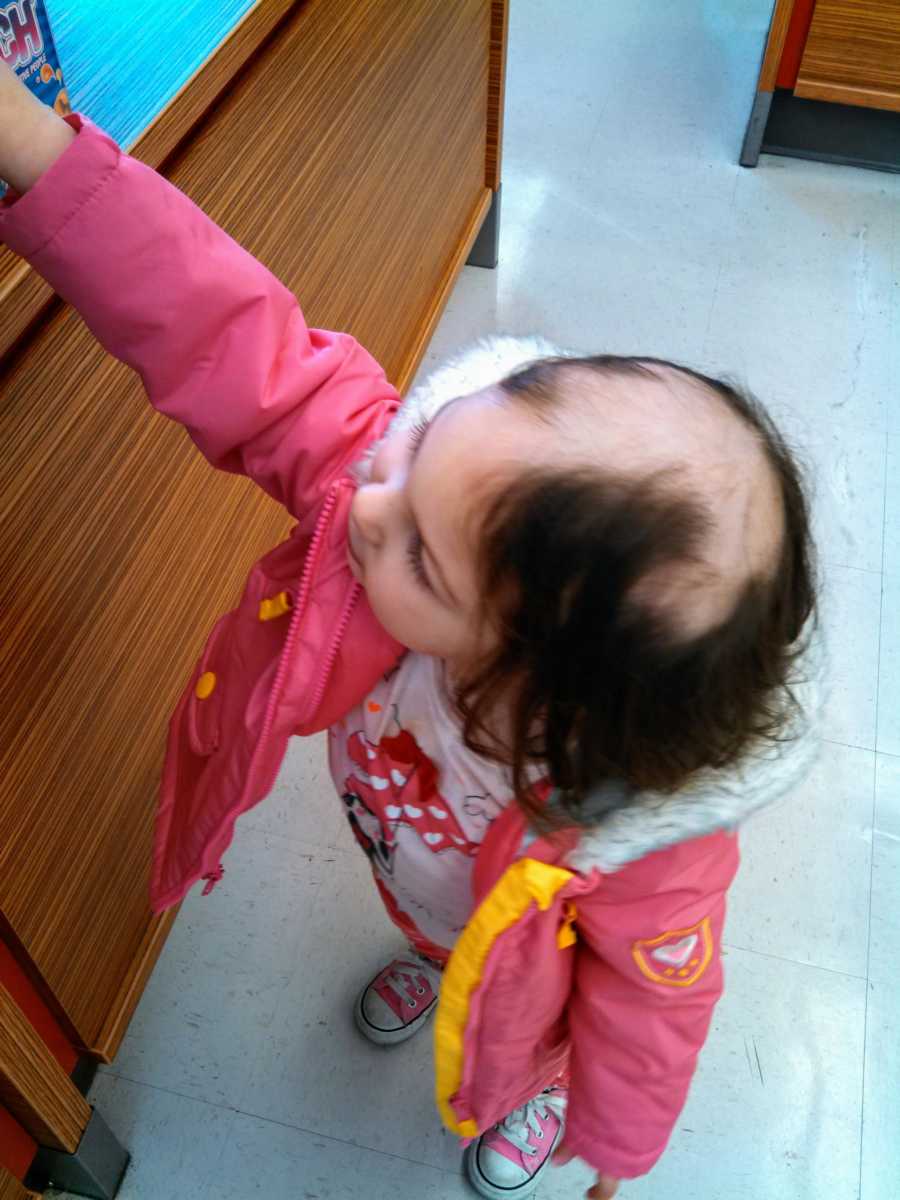
As we struggled to understand the diagnosis and what it might mean for our sweet Rosie, the last of her remaining hair fell out. In the following months, we relied on hats to shield Rosie from unwanted stares as we held onto hope that her hair loss would be temporary. We hoped that as long as we kept her happy and healthy, we’d soon begin to see those lovely brown curls poking out from her scalp, like flowers in the spring.
In the meantime, we sought answers from books, from second (and third) opinions, and genetic testing. We read medical journal articles, sometimes in the middle of the night when we were up with Rosie’s little sister, looking for signs of hope that a cure was just around the corner. We scoured the Internet for miracles and success stories, for the magic bullet that would return those soft brown curls back to Rosie’s smiling face.
We tried countless treatments: ointments, creams, steroids, herbal medicines, special diets, and even lifestyle changes designed to reduce any stress a three year-old might feel. We searched Rosie’s scalp daily, sometimes with a flashlight, for any sign of new hair growth. Our hope that this would be a temporary condition, even a funny story someday, slowly faded.
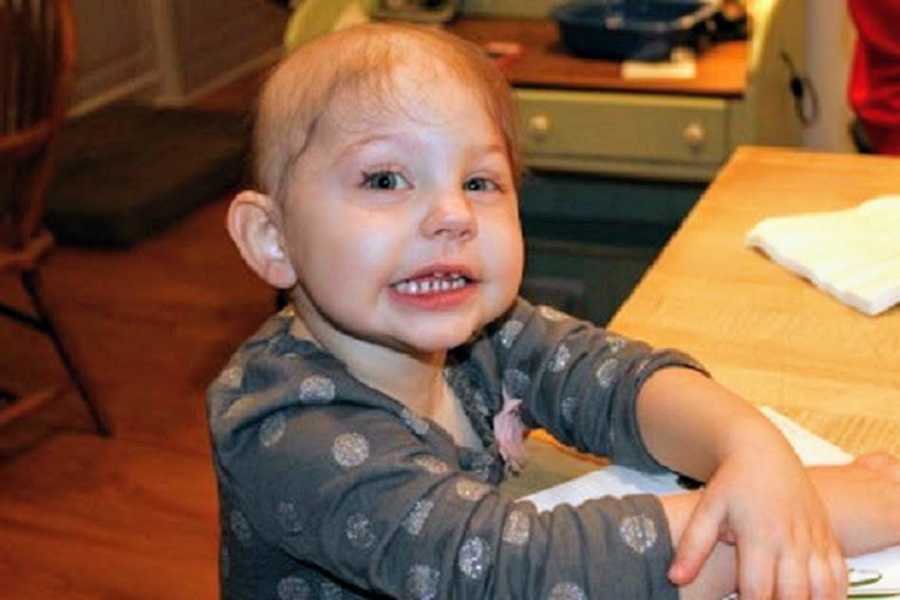
It soon grew harder to convince Rosie to wear a hat everywhere. Our strategy of hiding Rosie’s baldness until we could fix it became less realistic. We were still wrapping our minds around the the diagnosis itself, let alone the enormity of a potentially permanent diagnosis. But life doesn’t always wait for us to catch up, so we were forced to decide whether to double-down on Rosie’s privacy by making it seem fun to wear a hat during the summer and indoors, or whether to choose the path of ‘no secret, no shame.’
We made our decision on a warm Saturday in late June when we left the house for the local park. For the first time since receiving her diagnosis, we left Rosie’s pink hat behind. Rosie charged ahead toward the slide, the sun shining directly on her bald little head, oblivious to the significance of the day, while we steeled our will:
We have a bald three year-old and we are embracing her difference.
The next few months were filled with ups and downs. Sympathetic smiles were far rarer than stares, and the stares were often paired with inquisitive finger-pointing from younger children. Parents would shush their children. ‘Shhh. Don’t stare. Stop pointing. It’s not polite,’ they’d say while we just kept right on grocery shopping or waiting in line at Starbucks. When Rosie asked why they were pointing, we’d explain they were simply curious, all the while whisking her away from the Pointers with a pit in our stomach.
Over time, the unwanted attention began to seem normal. We stopped retreating from the stares and went about our business normally. We were surprised the first time a stranger reached out in sympathy about our child’s cancer, but we soon honed our response: ‘Thankfully our little girl is very healthy. She has an auto-immune disease called Alopecia which makes her bald.’ Eventually we began encouraging Rosie to wave and say hello to the ‘curious people’, even to introduce herself.
When people (usually children) asked Rosie about her hair, Rosie gave them the same answers we’d been giving her. ‘My hair is on vacation.’ Sometimes she’d say, ‘My hair is just taking a break. It might come back soon.’ Other days she’d get right to the point. ‘I’m just bald and I have Alopecia.’ If she was feeling especially gregarious, she’d seek out other bald people, approaching them to ask, ‘Did you know you are bald like me? We’re twins. We match!’ Her confidence caught people off guard and left everyone with a smile.
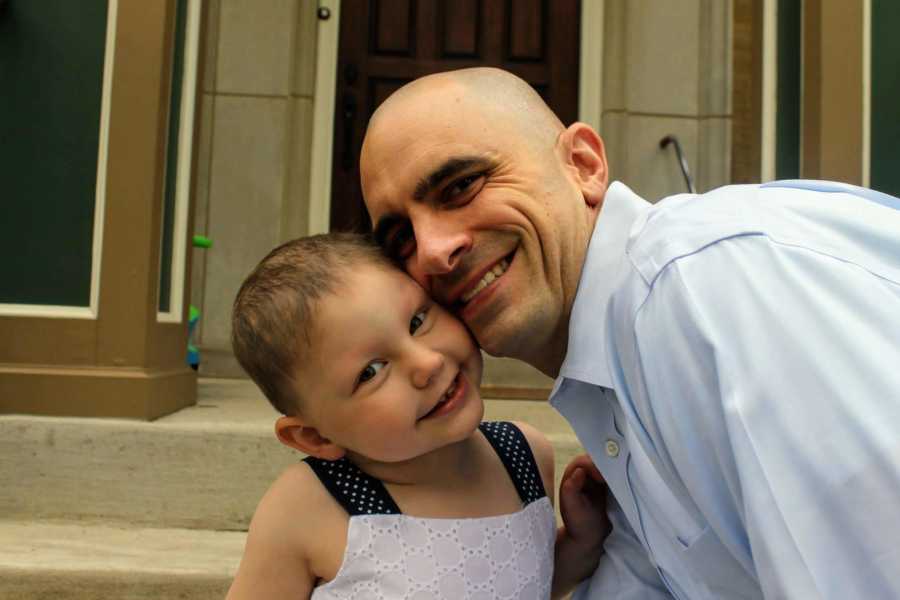
But it wasn’t all sunshine and roses. One particular type of public comment bothered Rosie more than any other; ‘Hey little guy, how are you today?’ or, ‘Great scootering, buddy!’ She’d frown and tell people she wasn’t a boy, and usually she’d be too annoyed to explain further. She began to ask, ‘Why do they think I’m a boy if I’m wearing pink? Boys don’t wear pink!’
Of all the answers we’d had to provide, this one was the toughest. By the end of the discussion, we found ourselves explaining to our teary-eyed Rosie that sometimes things happen to us that we can’t control. That night, after Rosie fell asleep, we decided that instead of rehashing the unfairness of it all, we’d focus on controlling what we could about her diagnosis: Rosie’s emotional development and self esteem.
Instead of focusing on fixing her baldness, we shifted to raising a little girl who loves herself unconditionally, hair or no hair. We spent more time with friends who loved Rosie for Rosie. We doubled-down on activities like painting, where she bubbled with pride in her natural ability. Every time she’d thrust a still-wet painting at us—’Look at my rainbow!’—we wished we could bottle up that pride and sprinkle it over her during the bad days, or the boy comments.
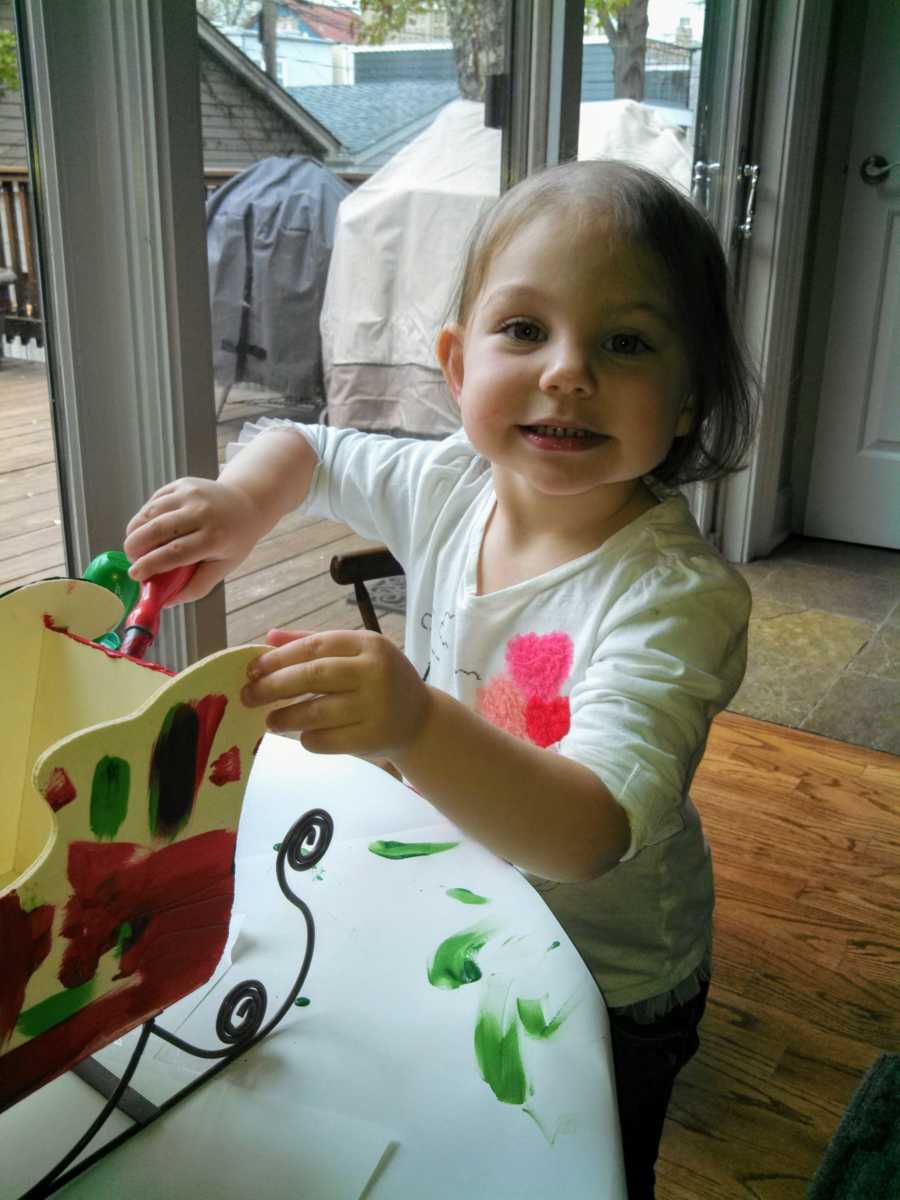
Then, the idea came to me out of the blue: why not transfer some of her most-prized paintings onto a head scarf? Not only would she have a beautiful head scarf to wear on days she didn’t feel like inviting comments, but the scarf would be her own work. People would be commenting on Rosie’s scarf, her art, instead of her loss. Best of all, by wearing her own beautiful artwork we could truly ‘sprinkle’ Rosie with a reminder of her abilities all day long.
We surprised her with a head scarf we’d made using one of her more favored paintings. She was overjoyed, and quickly blurted out, ‘What about the other bald kids? We should make these for all the bald kids who look like me. Can we do that?’
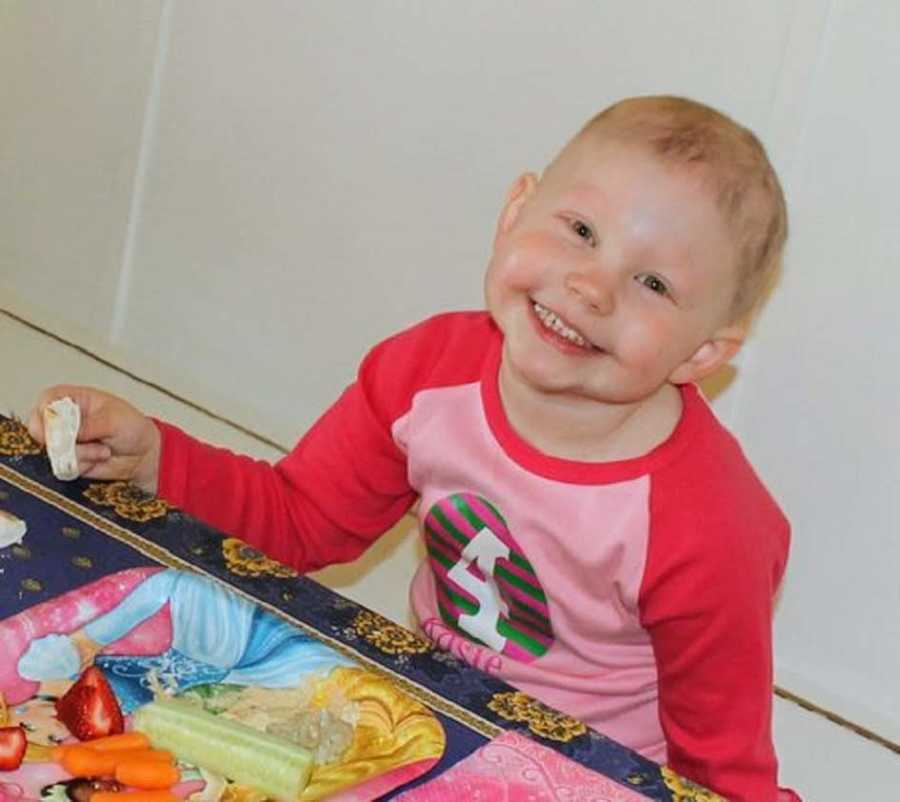
Just like that, she changed a little gift to our daughter into an inspiration and a mission, something I never would have dreamed up myself.
If you happen to look in our direction, you’ll see a beautiful little girl wearing an exuberantly colorful headscarf, or just walking around owning her baldness. If Rosie happens to catch your glance, you’ll get a wave and a hello along with an earful about how she ‘makes scarves to help all of the bald kids.’
She campaigned for me to leave my corporate job and sell the scarves to the ‘bald kids.’ We debated whether this was just a phase, but eventually it became clear that her conviction would not be shaken, and I was persuaded. I have left Google to join Rosie in her incredible journey to make all of the bald kids smile.
Through this smiling, happy child, we’ve lived the love yourself unconditionally lesson that we preach as parents to our children. Self love is the most important love. If you don’t love yourself, you’re not open to loving others. People ask me how we’ve raised a confident and happy little bald girl. I’m often embarrassed to say that Rosie has taught us and I quickly give her all of the credit.
I often think back to the flood of questions and concerns after her initial diagnosis. ‘How can we make her feel normal in a society that places so much emphasis on external beauty?’ ‘Will she ever find someone to love her and her baldness as much as we do?’ ‘Will she be made fun of at school?’ ‘How can we protect her from rude people?’
I do think that we’ve come a long way, as these are no longer concerns that weigh heavily on my husband and I. We’ve always been very matter of fact and open about her baldness, and emphasize that everyone has a difference (either visible or invisible), that makes us all unique.
Many people ask Rosie, ‘If there was a cure for your disease, would that make you so happy?’ She’s quick to respond that she likes being bald, and she wants the cure for other children who aren’t confident about their looks. Rosie thrives off of using her difference to help others feel good about themselves, and it’s contagious.
Her idea to start a charity to help kids who look like her has been the best medicine and therapy for all of us. Rosie has shown our family how to make lemonade out of lemons, and now I know, after all, that everything is Coming Up Rosies.”
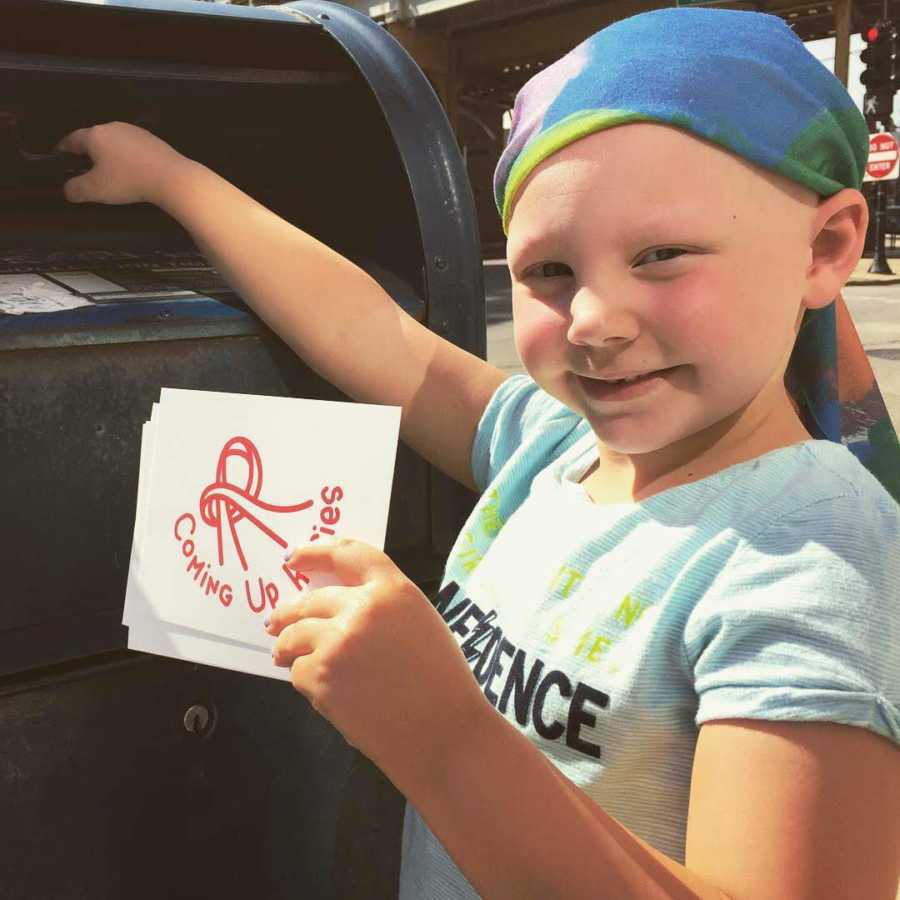
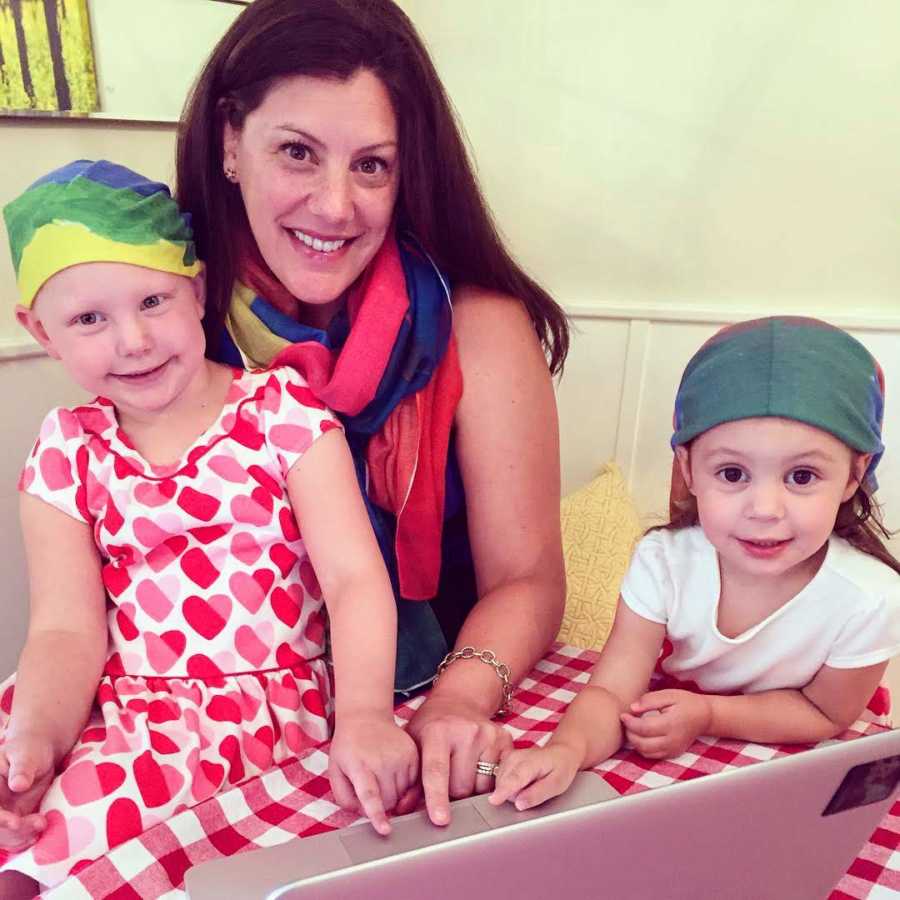
This story was submitted to Love What Matters by Paula Quinn of Coming Up Rosies. You can follow her journey on Facebook and Instagram. Submit your own story here.
Read more powerful stories like this:
Spread beauty and strength for others. SHARE this amazing story on Facebook with family and friends.

